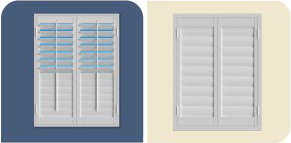
How To Close Your Energy Efficient Shutters In The Winter, Chicago, IL!
This winter season, homeowners in Chicago are looking for ways to make their houses more energy efficient. And it takes more than a simple window treatment. Increasing energy efficiency begins with the right window treatments. The right shutters.
When closed all the way, energy efficient indoor shutters sustain the room at a comfortable temperature. Here a guide to closing Polywood® plantation shutters for maximum energy efficiency this winter, Chicago, IL!
Maximum Energy Efficiency Starts With The Right Indoor Shutters In Chicago
Window treatments such as shades, curtains, and blinds are fabricated from materials that do not insulate well. Not only are the materials porous, but they also leave an opening around the edge of the material which lets in cold air in the wintertime. Plantation shutters are without a doubt the most energy efficient window treatment in Chicago, IL. That’s because of the frame that seals every corner of the window and the quality material that shutter components are crafted from.
Polywood plantation shutters are created with a frame to seal off the sides of the window. They’re constructed from a solid polymer, and have exclusive weatherstripping. Together, this means Polywood shutters minimize airflow by up to 30%. And insulate 70% better than a similar solid wood shutter. This makes for the most energy efficient shutters.
How To Close Your Plantation Shutters To Maximize Energy Efficiency This Winter
1. Close The Panels:
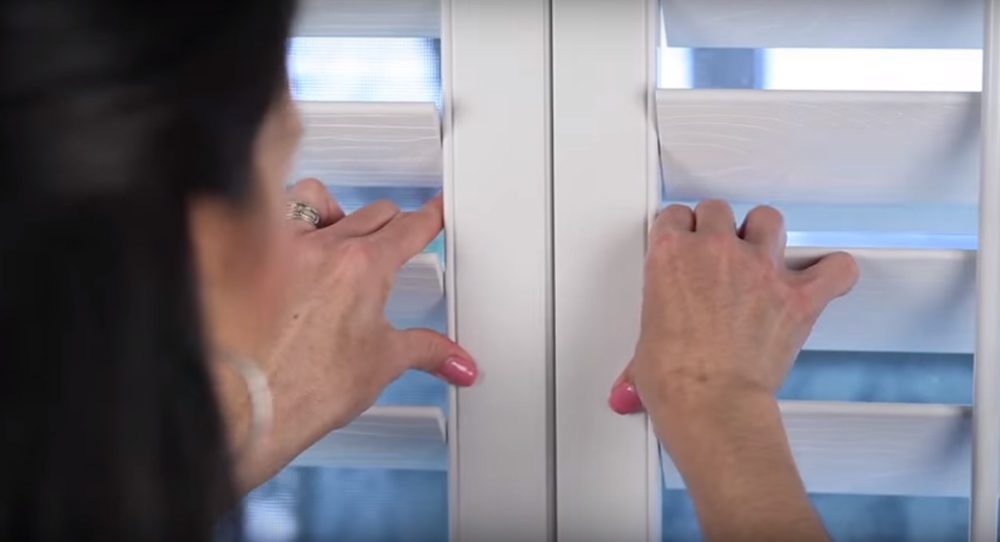
2. Interlock The Weatherstripping
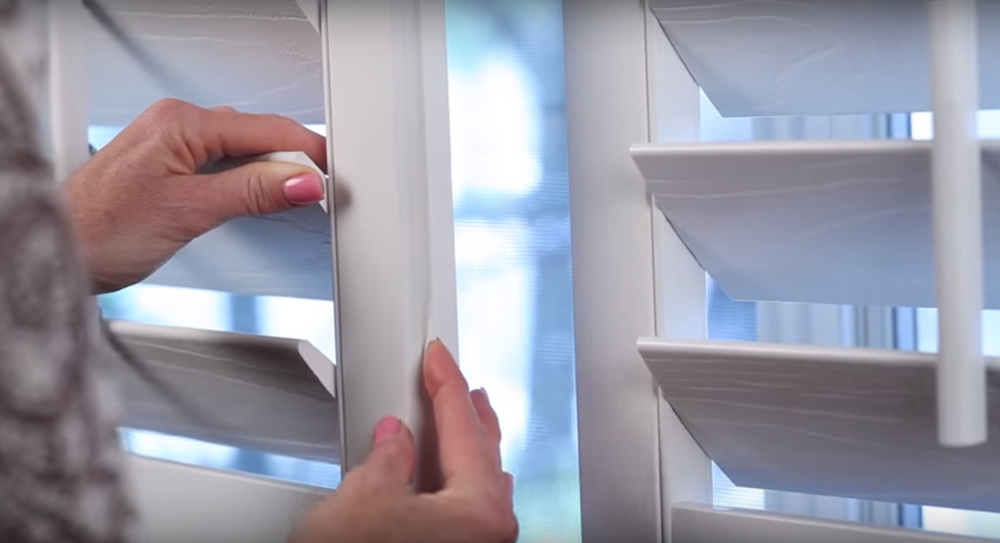
3. Close The Louvers
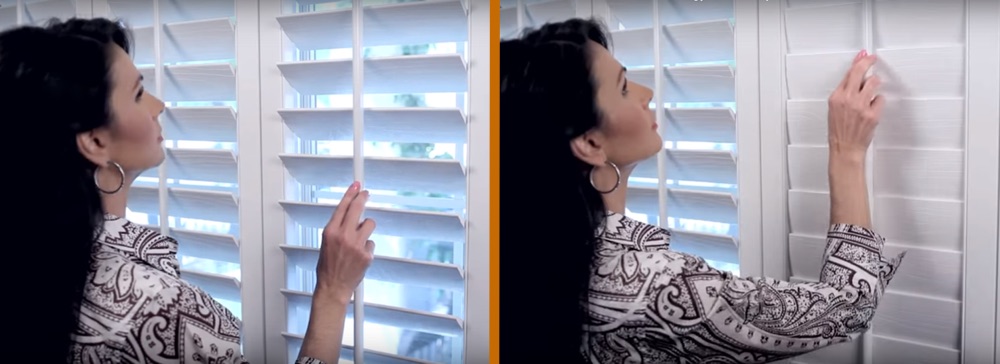
For plantation shutters with a rear mounted tilt rod, push a louver up and the other louvers move up with it.
4. Push the tilt rod into the mousehole
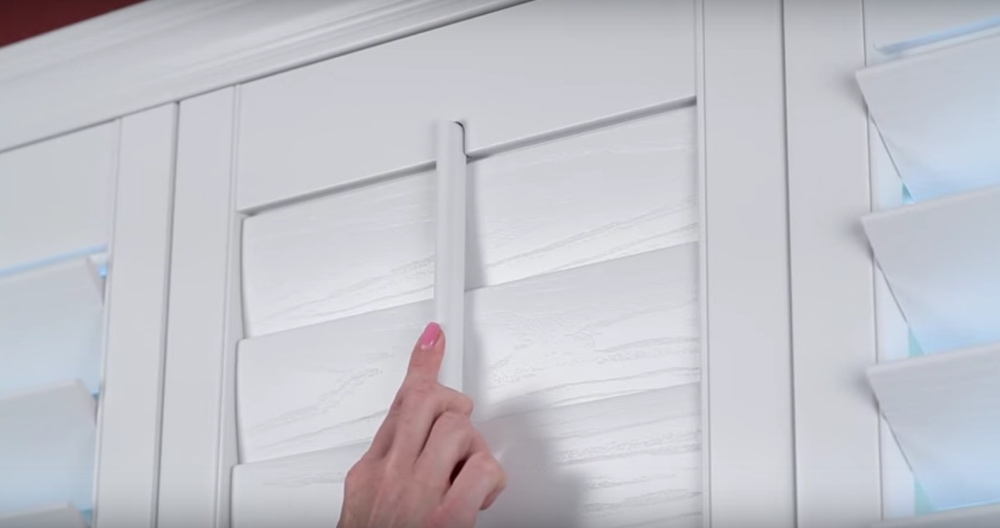
See this video for a demonstration of how to close your Polywood shutters for the most energy efficiency.


